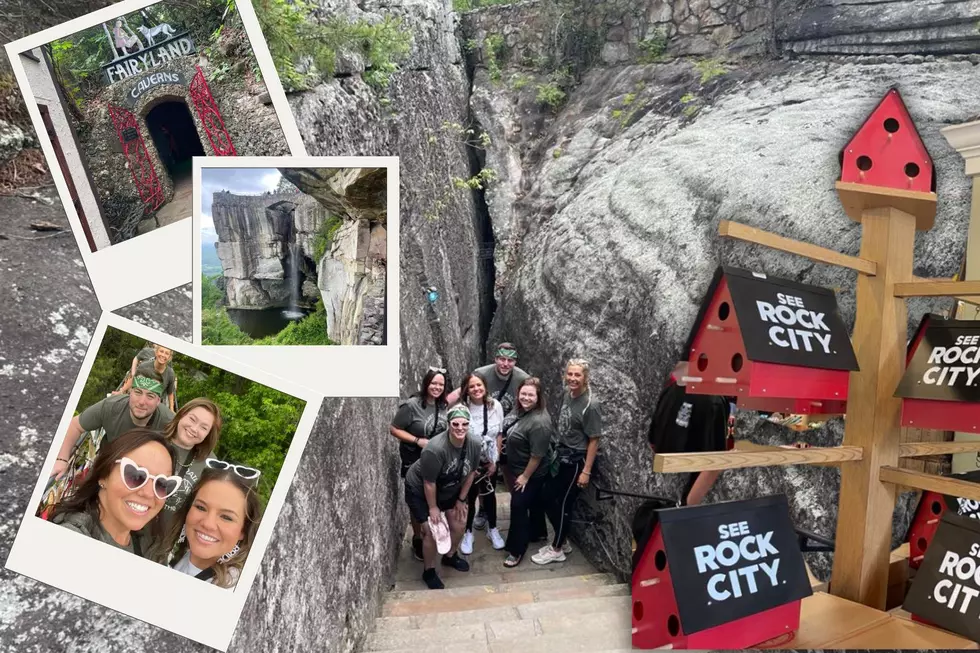
If You’ve Ever Wanted to Do Yoga with a Primate on Your Back, You Can in Florida
There's no doubt that Kentuckians love a good trip south to Florida. For many of us, the Florida Panhandle is our closest beach access. For instance, if you live in western Kentucky like I do, you can get to the beach in roughly eight to nine hours. That's why cities like Fort Walton Beach, Destin and Panama City Beach are such popular tourist destinations for summer and Spring and Fall Break.
I have been in Florida this week for work and something really fun was sent to my Facebook feed. That something is a relatively new highlight in Central Florida. And, look! While many Kentuckians love a good trip to the beach, a lot of us like a good trip to Orlando too. Central Florida has long been a tourist destination because of Disney and Universal.
Well, less than an hour away from Orlando is that destination that was sent to my Facebook feed. Until I received the ad, I had never heard of The Chase Sanctuary and Wildlife Conservancy. It is located in Webster, Florida, which is about 50 miles from Orlando.

That sanctuary is home to something that is growing in popularity among locals and travelers. They host yoga sessions with lemurs!
Now, first of all. You may be wondering what exactly a lemur is. Fun fact. Though it looks like a monkey and is a primate like a monkey, lemurs aren't monkeys.
But, how exactly does lemur yoga work? Fox 35 Orlando visited Chase Sanctuary recently and shared this.
Lemur Yoga is available on Saturday mornings at 9:30am and costs $75 per person. Plus, there are all sorts of other available encounters at Chase Sanctuary, including Painting with Primates, a Sloth/Anteater Experience and more.
To learn more about Chase Sanctuary and to book your animal experience, CLICK HERE!
LOOK: Stunning animal photos from around the world
Gallery Credit: Nicole Caldwell
More From WBKR-FM









